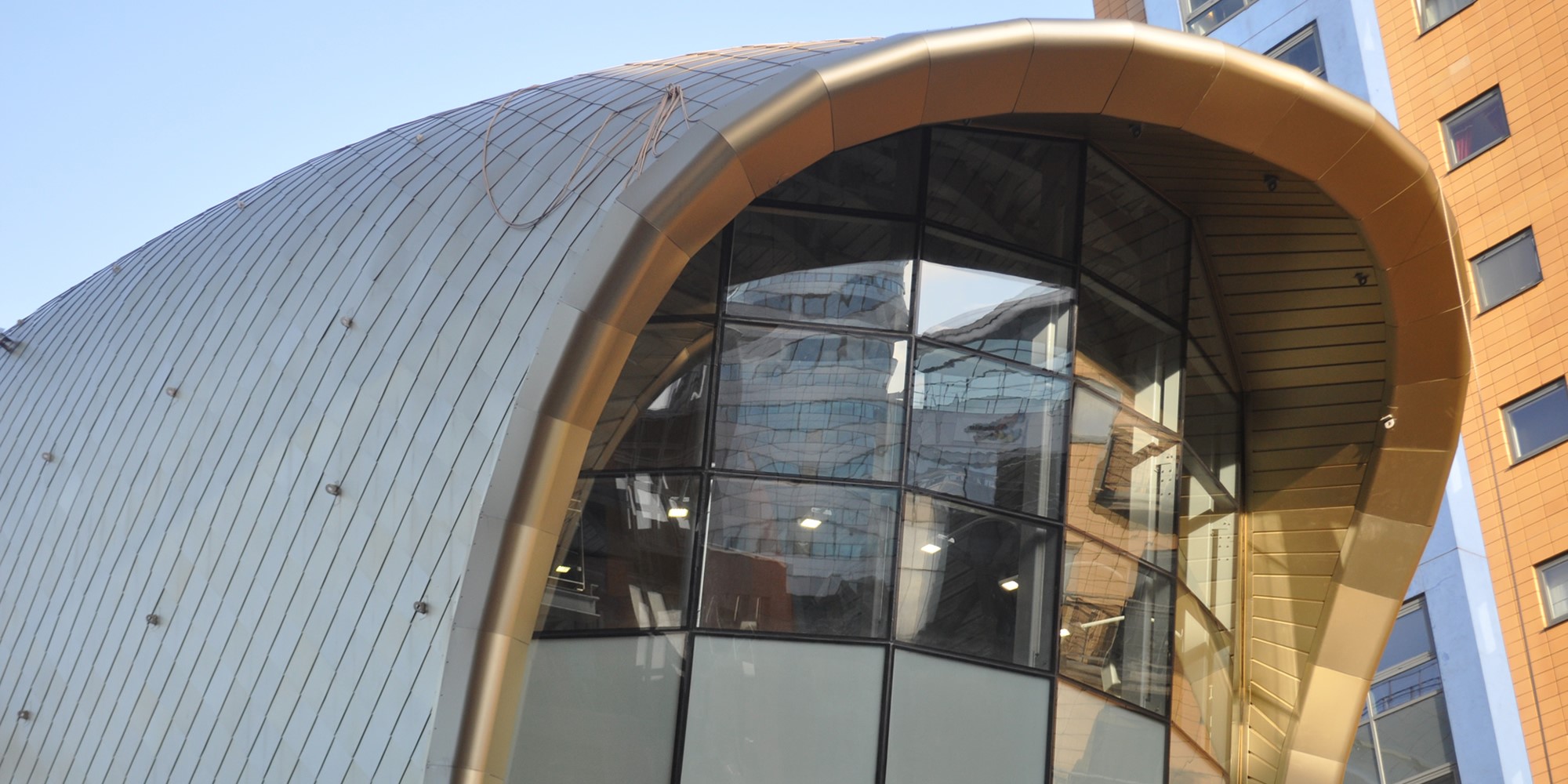Back in the day, when I worked in Sheffield and commuted from Leeds with Northern, I had a sequence in my mind for the kind of train I wanted to travel on.
Top of the list was a three-carriage class 158. Plenty of space there. Next was the two-carriage class 158. Then a three-car Pacer. Then a two-car Pacer. Then a single-carriage class 155 (we only had one once, it was standing room as we left Leeds, Wakefield, Barnsley and Meadowhall passengers had no chance). Then no train. Then the class 150.
Lordy, I do hate the class 150! Especially Northern’s refurbished ones, which have 3+2 seating, all in bays. Bays that are so close together there’s no way to fit everyone’s legs in. The only real use is the one this gentleman put them to (and no, the Guard or Conductor or whatever didn’t tell him off or order him to sit up properly).
Commuters, we love airline seats. Everyone on the 0740 to Sheffield (later the 0738 to Lincoln via Sheffield) made a bee-line for them, avoiding the table seats at all costs. I used to get into a friendly race with another regular passenger, you had to make your own fun at 7.30am. Another reason to dislike the class 150, as you got the disadvantage of table seats without the advantage of any actual table.
The class 150s are staying. But now, the Pacers are going, and the class 153s. And TransPennine Express is replacing its trains with longer ones, and LNER is replacing its diesel and electric trains with new five- and nine-carriage units.
Fascinating fact: a two-car Pacer is only a few feet longer than a single carriage of the new inter-city stock. That’s a lot of extra seats per new train!
A room with a view…
So what’s my problem?
Well, back in the day, trains carriages were designed a bit differently. Standard – or Second Class, as it was called – had more seats and less legroom compared with First Class, just like today. So they built the coaches differently, to line up the windows with the seats.
Then someone thought that having two carriage designs was an enormous waste of money, and all inter-city coaches and their local counterparts were built to a common design, that of First. That’s why First Class seats generally line up with windows and Standard Class seats don’t.
Safety reasons mean that train windows are now much smaller and the window pillars are much deeper as well, especially when compared to a Pacer.
This is the view from inside the new Mark 5A coaching stock being loco-hauled by a class 68 engine for TransPennine Express (clarification for the enthusiasts). Apart from a couple of airline seats opposite the luggage racks at either end, the whole carriage was full of table seats. None of which matched up with the windows – every table had a variation of the picture you see here.
It wasn’t even consistent; there was a sort-of “table creep”, as you went through the carriage, meaning the wide pillar moved a few centimetres further across each succeeding table bay.
TransPennine Express is also introducing five-carriage class 802 units on some routes. These are almost identical to the ones being introduced by LNER (and GWR before that). On the LNER sets there’s no table creep – hurrah! However, only the six or eight tables in each carriage line up with windows; all the airline seats mostly do or mostly don’t… they have “airline creep” instead. As the interiors are so similar, here’s a couple of photos from inside an LNER train.
The new class 80x trains have window blinds, even in Standard. They’re shared between rows. So if you want the blind up and the person in front or behind you doesn’t… well, sort it out yourselves.
Oh; and if travelling LNER, try not to get booked into seats 1, 2, 87 or 88 in a Standard Class carriage (or seats 71 or 72, if it’s the coach with the Café Bar). These seats are opposite the luggage racks, and have no windows at all. They’d be much better as luggage racks than seats, but there you go.
The drop-down tables have a metal pull-out to make them a bit deeper. But it’s a metal wire rather than a sheet, so it’s likely to wobble quite a bit if you press the wrong corner of your laptop. There are two cupholder indents on either side… which are masked by my 13.3” laptop. They’re also not that deep.
I mention this because the rattly old diesel trains these trains replace had wide, deep table trays, with a lip at either end to stop things rolling off. It can be done, but only 45 years ago.
Still, at least the seats match up with the windows in First Class, right? Wrong! Only the four-round-a-table seats line up; the single seats have the same problem as in Standard. Not the end of the world, but the seat backs are so high and the colour scheme so dark it can feel as if you’re in a cell.

This (for me, you probably don’t care by this point) leads to much examination of the train layout plans on the various websites, trying to work out which seats to reserve so that I get a window. And, of course, those plans don’t show where the windows are (LNER’s plans for their older sets do, which is quite annoying).
Commuterville
But what of the new Northern trains? The ones replacing the diesel class 142s, 144s and 153s and the electric class 321s, 322s and 323s? Well…
The have doors one-third of the way in rather than at the ends, so boarding and alighting is faster. The area around the doors is wide, so plenty of people can stand if required. They’re longer than the Pacers as well. Perfect for the commuter routes they will be used on. There’s a lot of tables, which commuters dislike but will make leisure ravel more interesting (provided you don’t mind sharing with the single person who has spread themselves out).
And on the one I caught the other week, from Manchester Oxford Road to Lancaster, none of the tables lined up with windows.
There were also a couple of problems with the Passenger Information System – specifically, the text was so small I couldn’t read it from where I was sitting, which seems rather pointless. Like the ones LNER put into its carriage ends, which you can’t see because the seat backs are so high. Oops.
There is a theory that people who run train companies never catch their own services and so don’t know what they’re like. I’d contend that the people who design the things don’t use them either.




